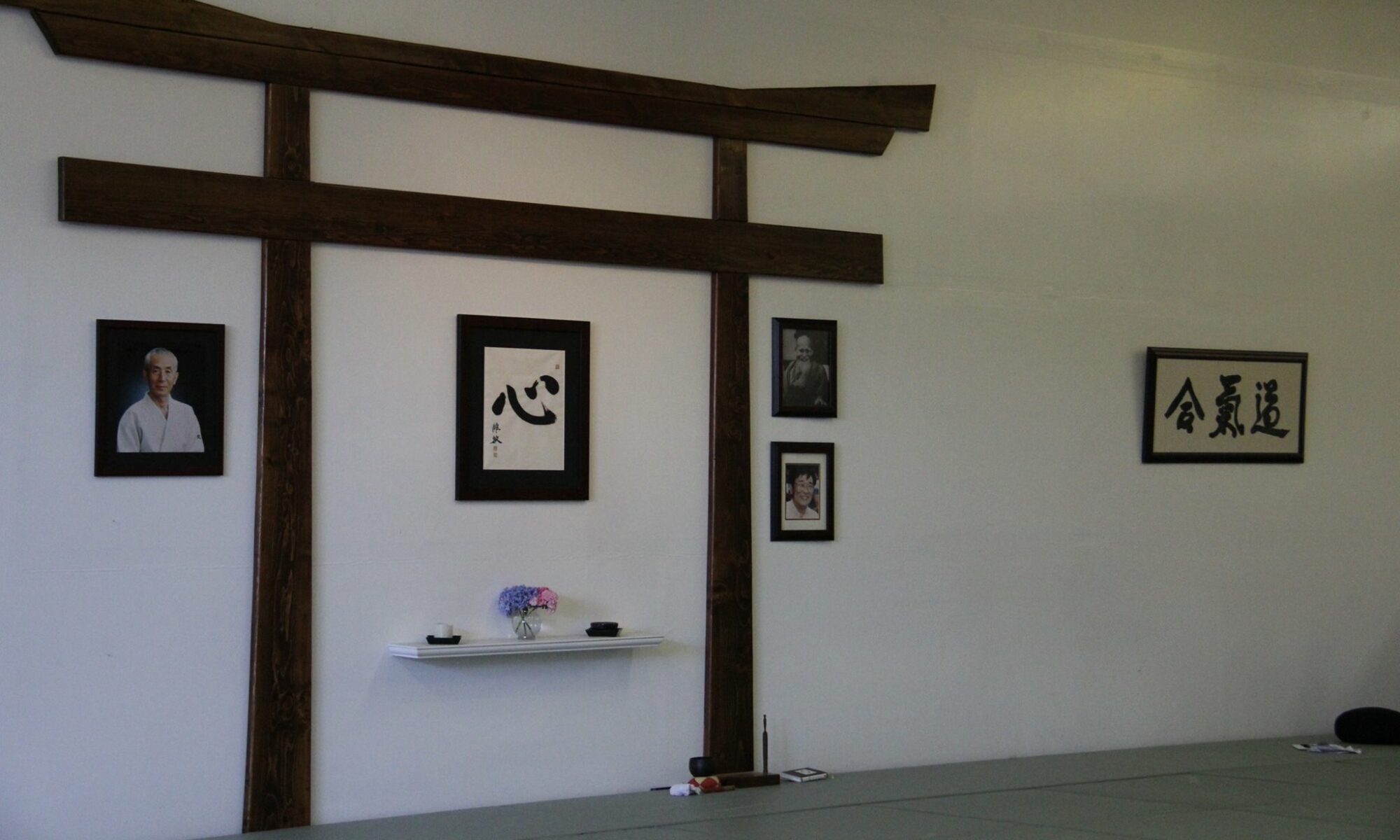In the same way that Aikido students grow and develop, Aikido Olympia as an organization is continuing to evolve and develop. In the past month, our dojo has made some exciting progress in expanding access to training in our community.
First, Aikido Olympia has worked with the City of Olympia to include our Monthly Introduction to Aikido classes, in the summer edition of the Olympia Parks and Recreation “Experience It” catalog. https://apm.activecommunities.com/olyparksartsrec/?# . If you have friends or family who want to learn more about Aikido, these classes are a great way to start. These classes are on the third Saturday of each month from 10:00 to 12:00.
Second, our instructors have been working with Senior Service for the South Sound to start an Aikido for Elders class. One of the leading causes of injuries as we age is falling. The intention of this class is to focus on improving balance, reducing stress, and handling physical and mental conflicts. These classes will be taught on Thursdays evenings through May 31st, from 4:30 – 6:15 pm at the Olympia Senior Center (just down the street).
Third, Community Resources, a group that supports adults with developmental disabilities has asked Aikido Olympia for a workshop for this organization’s staff. These are professionals in a complicated situation where they may be faced with physical aggression from the people they are committed to supporting and keeping safe.
These community opportunities are intended to add to the existing classes we teach at Aikido Olympia. And, we hope these outreach efforts will increase the number of people practicing the fundamentals of our art and making our community more resilient. We also expect that as more people are exposed to the practices of Aikido, our dojo will see some new members.
By Nate Weed


